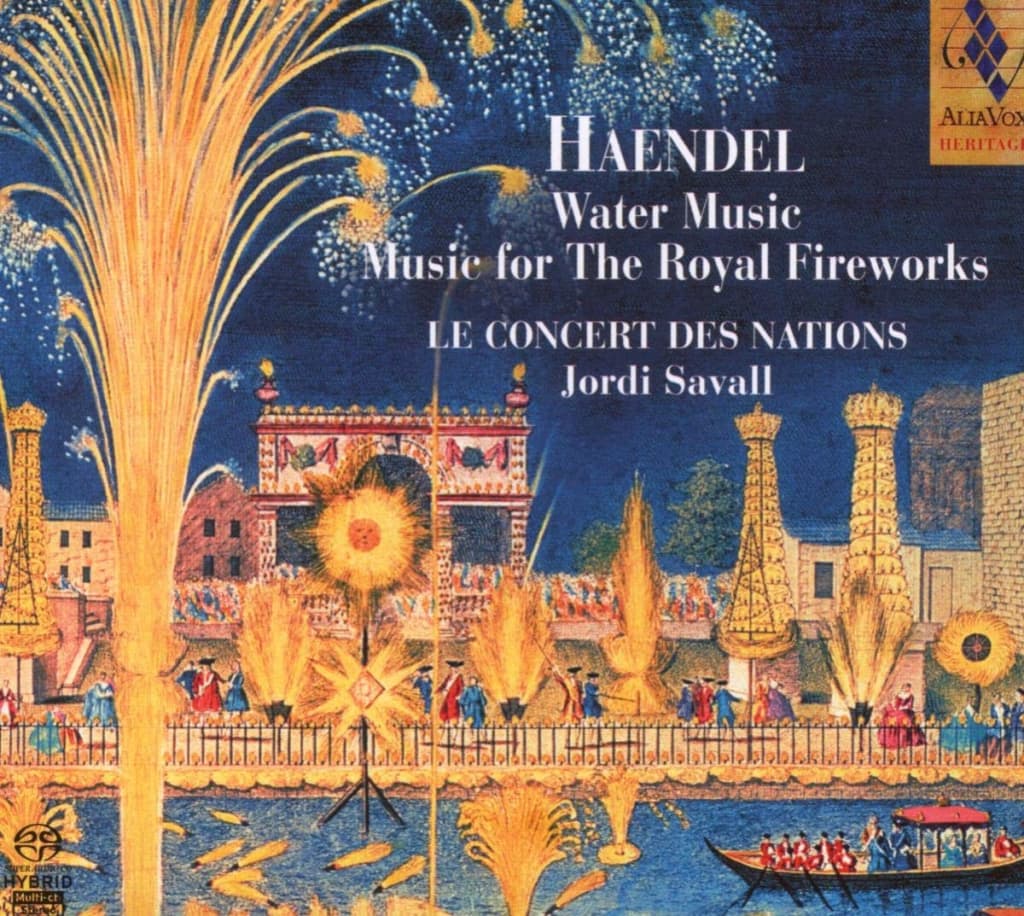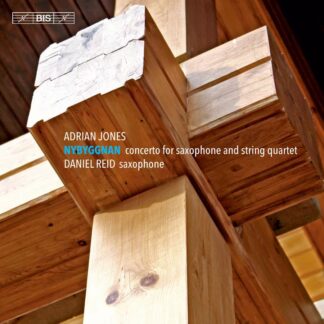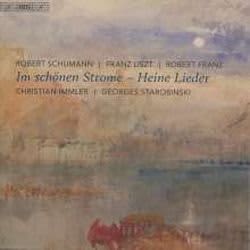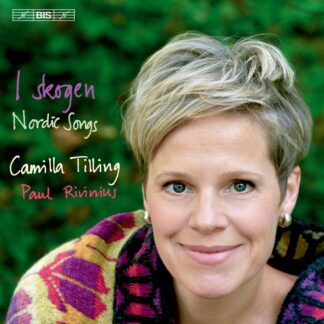Περιγραφή
Καλλιτέχνες
|
For a long time Handel’s Water Music was his most popular instrumental work, but we possess neither the autograph manuscript nor an authentic first edition approved by the composer. The anecdote about the composition of the work is now well known. In 1712, Handel, who was Kapellmeister to the Elector of Hanover, had obtained permission from the latter to go to England, “on condition that he engaged to return within a reasonable time”. But Handel was still in London in 1714, when the Elector became King George I of England. According to John Mainwaring, the author of “Memoirs of the Life of the Late George Frederic Handel” (1760), the composer avoided all contact with the new sovereign until 22nd August 1715, when he had a new work executed during a royal procession on the Thames; it so captivated the king that he immediately pardoned him. This story is attractive but unsubstantial. On 25th September 1714, just six days after landing at Greenwich, a Te Deum by Handel was given in the king’s presence and the same year he also attended a performance of Handel’s opera Rinaldo. If Handel was in disgrace, his music was not. And the only royal excursion on the river with music by Handel that we know of did not take place until 17th July 1717. There are three contemporary accounts of this event. The first two appeared in English newspapers. The Political State of Great Britain of 1717 reports that, on the evening of Wednesday 17th July, the king sailed to Chelsea “with excellent Musick organized by Baron Kilmanseck for his entertainment”; at three o’clock in the morning, he sailed back to Whitehall, and from there went on to St James’s palace. The Daily Courant for 19th July speaks of “the Musick, in which fifty instruments of all kinds played, throughout the journey from Lambeth the most agreeable symphonies composed especially for the occasion by Mr Handel. They pleased His Majesty so much that they were played three times, going and coming.” The third account, which is the longest and most interesting, is a report sent by the Prussian ambassador to London, Friedrich Bonet, to his sovereign. We learn that Baron Kilmanseck (Johann Adolf, Baron von Kielmansegg), who had been Handel’s protector in Hanover, organized the festivities of 17th July 1717 at his own expense, and that the concert cost him “a hundred and fifty pounds for the musicians alone”. Bonet’s account also gives the composition of the orchestra (“trumpets, horns, bassoons, oboes, German flutes, French flutes, violins and basses, but there were no singers”), and adds that the music had been specially written “by the famous Handel, a native of Halle and His Majesty’s principal court composer”. We do not know whether the whole set of movements now brought together under the title of Water Music was heard on 17th July 1717, or just some of them. Another royal outing on the Thames took place on 26th April 1736, on the eve of the wedding of the Prince of Wales (the king being then George II), but if music by Handel was played, and it was an extract from what we call the Water Music, that extract was certainly not composed at that date. According to the arrangement adopted, there are twenty to twenty-two movements, forming three suites composed for different groups of instruments: suite in F for two oboes, bassoon, two horns, strings and basso continuo; suite in D for two oboes, bassoon, two trumpets, two horns, strings and basso continuo; suite in G for recorder, flute, strings and basso continuo. There is no question of relating these three suites respectively to the years 1715, 1717 and 1736; the most likely possibility is that all three date from the year 1717. We may assume that the F major and D major suites – the one dominated by horns and the other by trumpets – were played on the water, since they indeed have the sound of “open-air” music, and that the one in G, which is more intimate, was performed during the supper held in honour of the king at Lord Ranelagh’s villa on the river at Chelsea. As for the order of the movements within each suite, it is still purely a matter of conjecture. The Minuets were published in 1729 in a book entitled A general Collection of Minuets. The first edition of the “famous Water Musick”, published by Walsh round about 1732-1733, comprised only ten or so movements (i.e., approximately half the total number), drawn from each of the three suites. Other editions soon followed, as well as numerous arrangements for a wide variety of instruments (including a harpsichord reduction in about 1760). The first full edition in the form of an orchestral score was that of Samuel Arnold (1788). Recorded March 1993, remastered February 2008 |










